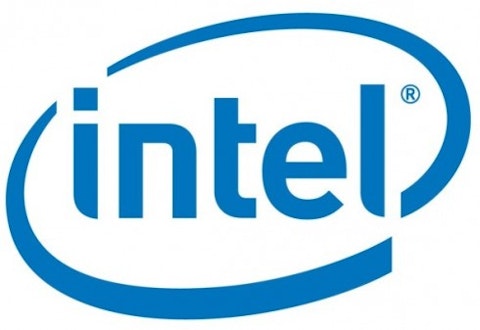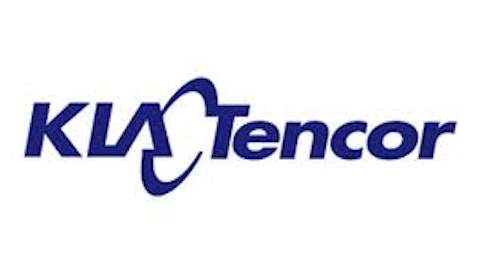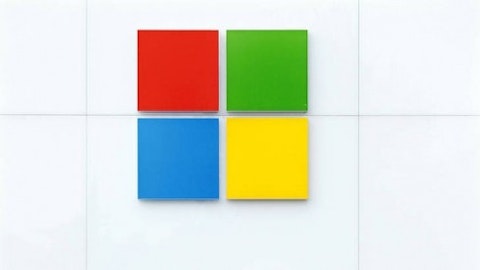Shareholders of Intel Corporation (NASDAQ:INTC) are climbing up a wall of worry. On July 8, Evercore downgraded Intel to Underweight, citing fears of still-weakening PC trends, peaking chip prices, and the potential of Atom CPUs to cannibalize Core CPUs. Evercore now expects PC sales to fall 10% year-over-year, worse than the prior estimate of 6%. Citi was quick to join the party too, cutting earnings estimates for Intel Corporation (NASDAQ:INTC) ahead of the company’s earnings announcement on July 17. Investors got scared and immediately dumped their holdings. Shares were down nearly 4% for the day.
Boring businesses
Intel Corporation (NASDAQ:INTC) belongs on my list of “boring businesses.” These businesses don’t change much over the years. Intel Corporation (NASDAQ:INTC) looks a lot like it did 25 years ago (when it shifted its focus to micro-processing chips), except it’s bigger now. Same with Wal-Mart Stores, Inc. (NYSE:WMT), Johnson & Johnson (NYSE:JNJ) and most other market leaders. Wal-Mart Stores, Inc. (NYSE:WMT) will keep selling everyday goods at the cheapest possible price. Johnson & Johnson (NYSE:JNJ) will keep selling everyday healthcare products like Listerine, Tylenol, and Band-Aids. And Constellation Brands will keep selling popular beer and wine labels to a thirsty public. It’s very boring, but very profitable too. No matter what happens to PC sales, Intel will keep making the most advanced, state-of-the-art chips in the world.
Ahead of the game
Intel Corporation (NASDAQ:INTC) isn’t just a market leader. Its competitors are barely even in the ballpark. In fact, Intel is so enormous that it’s able to first set the game rules – and then play the game. You know this by looking at the company’s numbers. Intel’s capital spending rose from $5.2 billion in 2008 to $11 billion last year. That figure will climb to $13 billion this year. The lion’s share of this money is invested in its most valuable asset: its cutting-edge chip making plants. In addition, Intel’s research and development (R&D) spending rose from $5.7 billion in 2008 to $10.2 billion last year. That, too, will rise this year. By investing heavily in plants and research, Intel consistently makes sure that it’s ahead of the game. That’s how it widens its economic moat. There simply aren’t many companies that can fork out a cool $10.2 billion a year for research. And that’s precisely why Intel will remain king.
Intel’s closest rivals are Advanced Micro Devices, Inc. (NYSE:AMD), and Texas Instruments Incorporated (NASDAQ:TXN). I believe that AMD is nothing more than a mediocre, unprofitable chipmaker. It lost over $1.1 billion in 2012 alone. But the more worrisome fact is its sales trend. Advanced Micro Devices, Inc. (NYSE:AMD) had sales of $6.5 in 2010, with only $5.4 of sales in 2012. This only means that its bigger rivals are stealing its market share. Perhaps that’s the direct result of its relatively low investment in R&D. In 2012, AMD invested only $1.3 billion in R&D; that’s almost one eighth of what Intel invested in the same year. Now, who do you suspect will come out with quicker, more advanced chips in the year 2020 – Advanced Micro Devices, Inc. (NYSE:AMD) or Intel Corporation (NASDAQ:INTC)? Personally, I don’t think AMD will be in business by then. And Texas Instruments Incorporated (NASDAQ:TXN) hasn’t been putting as much effort into R&D either. In 2012, the company invested only $1.8 billion in R&D, up from $1.5 in 2010. Similarly to AMD, Texas Instruments Incorporated (NASDAQ:TXN) has seen its sales trend downward from $14 billion in 2010 to $12.8 billion today.
Traits of a leader
At around 62%, Intel’s gross profit margins are near the top of its historical range. Last year, its net profit was around 21% – also near the top of its historical range. That’s a sign that Intel has a great competitive advantage. In addition, the company finished 2012 with more than $18 billion in cash and investments and around $13 billion in debt. It could pay off all its debts and still have billions left over. That makes it one of the safest stocks in the world. AMD, in contrast, is losing money so there are no margins to talk about. And it’s also burning through its cash. On average, AMD is burning through roughly $200 million each and every quarter. Texas’ gross margins are a respectable 50%, but that’s still a far cry from Intel’s 62%. But Texas has only added $420 million to its cash flow in 2012, versus $3.4 billion for Intel.
My Foolish conclusion
My best advice to you is to ignore the media hype on Intel Corporation (NASDAQ:INTC). This company is the indisputable leader of the cheap industry. It has the best gross margins, the strongest cash flow, and the most cutting edge technology at its side. I recommend buying Intel on dips.
The article Stop Worrying Over Intel! originally appeared on Fool.com and is written by Shmulik Karpf.
Shmulik Karpf has no position in any stocks mentioned. The Motley Fool recommends Intel. The Motley Fool owns shares of Intel. Shmulik is a member of The Motley Fool Blog Network — entries represent the personal opinion of the blogger and are not formally edited.
Copyright © 1995 – 2013 The Motley Fool, LLC. All rights reserved. The Motley Fool has a disclosure policy.




